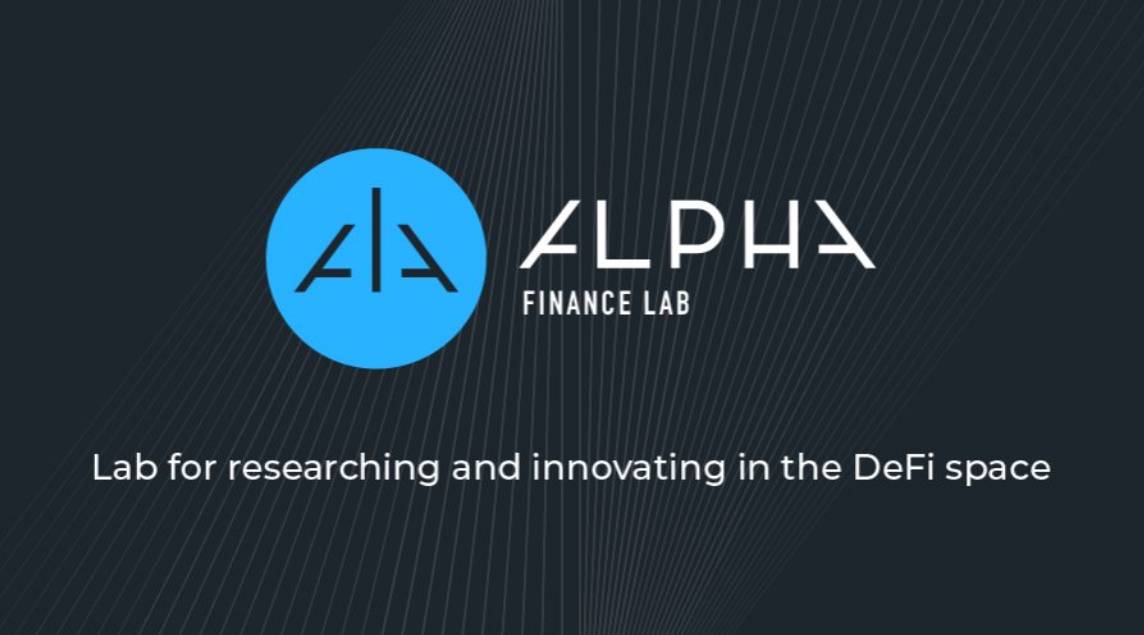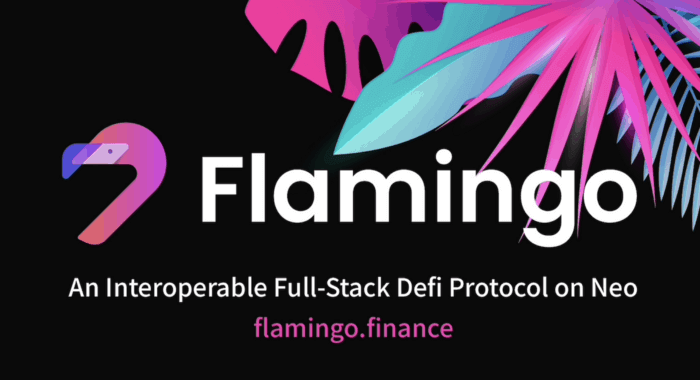DeFi is the hottest topic in the crypto and blockchain space now, and the reason it’s so popular is the countless benefits it affords users. Financial instruments have been a preserve of the top few elites for too long, and DeFi is set to change that. As of now, we have multiple DeFi projects aiming for the top spot in terms of offerings, user experience, and more.
Less than a year old, Alpha Finance Lab is one of many DeFi contenders emerging. The Alpha tram wants to empower people to “reclaim control over their digital presence.” So what does it offer potential users? We answer that question in this article.
Breaking Down Alpha Finance Lab
Alpha Finance Lab is a DeFi ecosystem that will integrate various products and bring users the experience of different blockchains, starting with Binance Smart Chain and Ethereum. The Alpha team wants to “drive cross-chain DeFi and cross-chain liquidity through building interoperability among Alpha products and integrating with leading ecosystem partners to drive the next stage of DeFi.”
The Alpha team wants to achieve the following:
- Sustainable yield generation upon users’ depositing of supported assets
- Eliminate or reduce the risk if impermanent loss (IL)
- Facilitate privacy-oriented asset exchange
- Support lending with already-provisioned interest rates
Alpha: Existing Products
The Alpha platform is building a mix of products that will be interoperable across Binance Chain and Ethereum and will support more blockchain platforms in the future. With that, let’s look at the platform’s current offerings:
#1. Lending
Alpha supports lending through its Alpha Lending protocol. On the protocol, users can earn interest by depositing supported assets. Deposited assets will be transferred into a smart contract that will allow users to borrow money for trading. When borrowers pay back interest, it will be pooled and proportionately awarded to liquidity providers depending on their contribution.
If you want to be a lender, they can deposit any of the supported tokens, e.g., Ethereum, into the protocol. After this, you’ll receive aITokens (such as aIETH), which are interest-generating tokens that will represent your share of the deposited ETH.
#2. Borrowing
If you wish to borrow from the Alpha protocol, you first have to deposit supported assets as collateral. After that, you’ll receive aITokens. Assets eligible for collateralization have been assigned a Loan-to-Value (LTV) ratio. Let’s say the LTV for ETH is 70%. If you deposit ETH as collateral, you can borrow any asset in the pool and up to 70% of the value of the ETH you deposited.
#3. Interest rate
The interest rate will be determined by the asset’s utilization rate; in other words, the amount of deposited assets that have been borrowed. The bigger the utilization rate, the higher the interest rate.
#4. Risk and Liquidation
Risk of liquidation is when the total value of the assets you borrow exceeds the maximum value you can take. Due to the volatility of cryptocurrencies, it’s recommended that you borrow at a lower value than the maximum value you can borrow. This will cushion you against the risk of liquidation.
#5. Alpha Homora
This is a protocol that allows users to leverage their position in liquidity mining pools. As a user, you can participate in the protocol as a yield farmer, lender, or liquidator. You can also participate by finding bugs in the protocol for which you’ll earn rewards.
ALPHA Token
ALPHA is the native cryptocurrency of the Alpha protocol, and it has the following current and planned roles:
- Liquidity mining: Users can earn ALPHA tokens for providing liquidity to the platform
- Staking: Token holders can stake ALPHA tokens and get a share of the platform’s revenue
- Governance: ALPHA token holders can participate in the governance of the platform by voting on project proposals
The Alpha token was distributed in the following manner:
- Binance launchpad sale tokens: 10%
- Binance launchpool tokens: 5%
- Private sale tokens: 13.33%
- Liquidity mining tokens: 20%
- Team and advisors’ tokens: 15%
- Ecosystem tokens: 36.67%
Community Strategies of Alpha Finance Lab
The Alpha team intends to conduct several strategies to expand the growth of the project.
These strategies include:
- Hosting and co-hosting DeFi conferences and related events to engage with potential users
- Publishing blog posts every two weeks to update the community on technical updates
- Engaging with the community via social media channels
Future strategies include:
- Launching the Alpha Finance Lab Program to promote partnerships with similar projects
- Launching yield farming programs
- Launching joint yield farming programs with other industry players
Key Metrics
The ALPHA token was trading at $0.034681 on October 16, 2020. It had a 24-hour volume of $2,489,546, an all-time high of $0.106884 (October 10, 2020), and an all-time low of $0.033573 (October 16, 2020) per Coinmarketcap.
Where to Buy Alpha Tokens
ALPHA has been listed on Coinone, Binance, and VCC Exchange.
Closing Thoughts
The Alpha team wants to push DeFi to the next level by focusing on cross-chain interoperability. Like many other DeFi protocols, Alpha provides an opportunity for people everywhere to make money by simply staking in crypto. The project is still young, so let’s see its future innovations.


